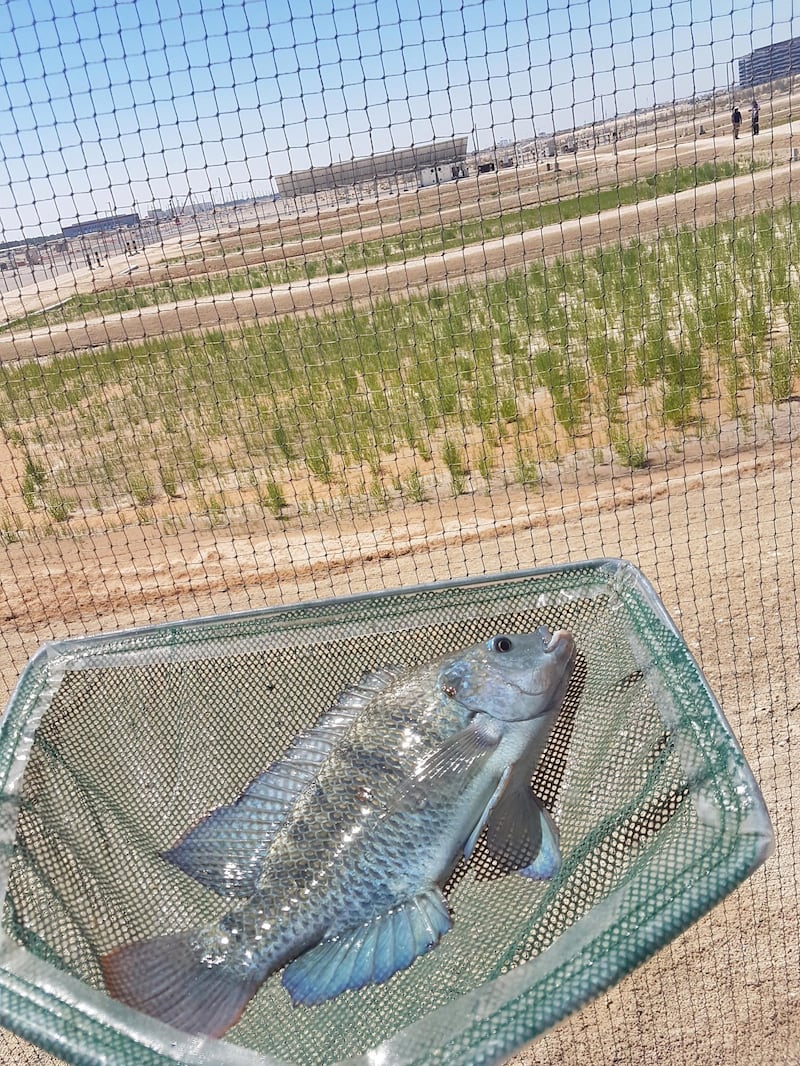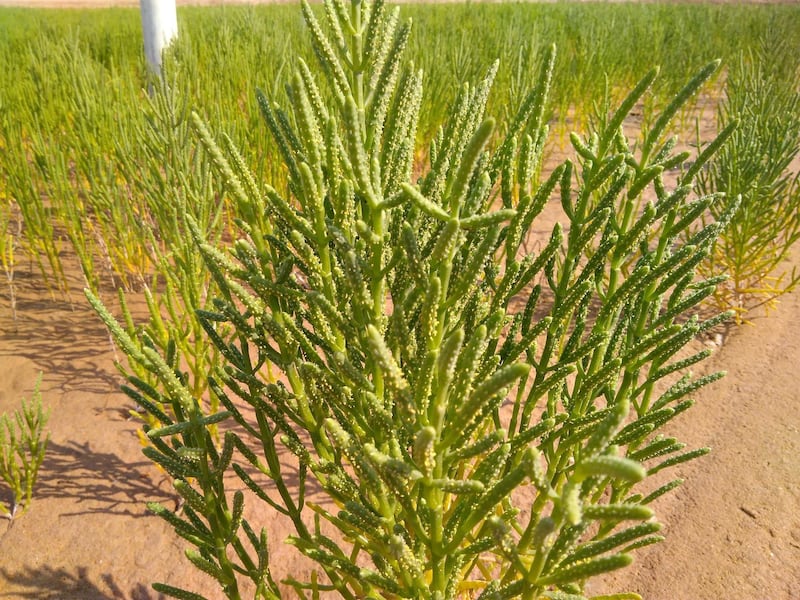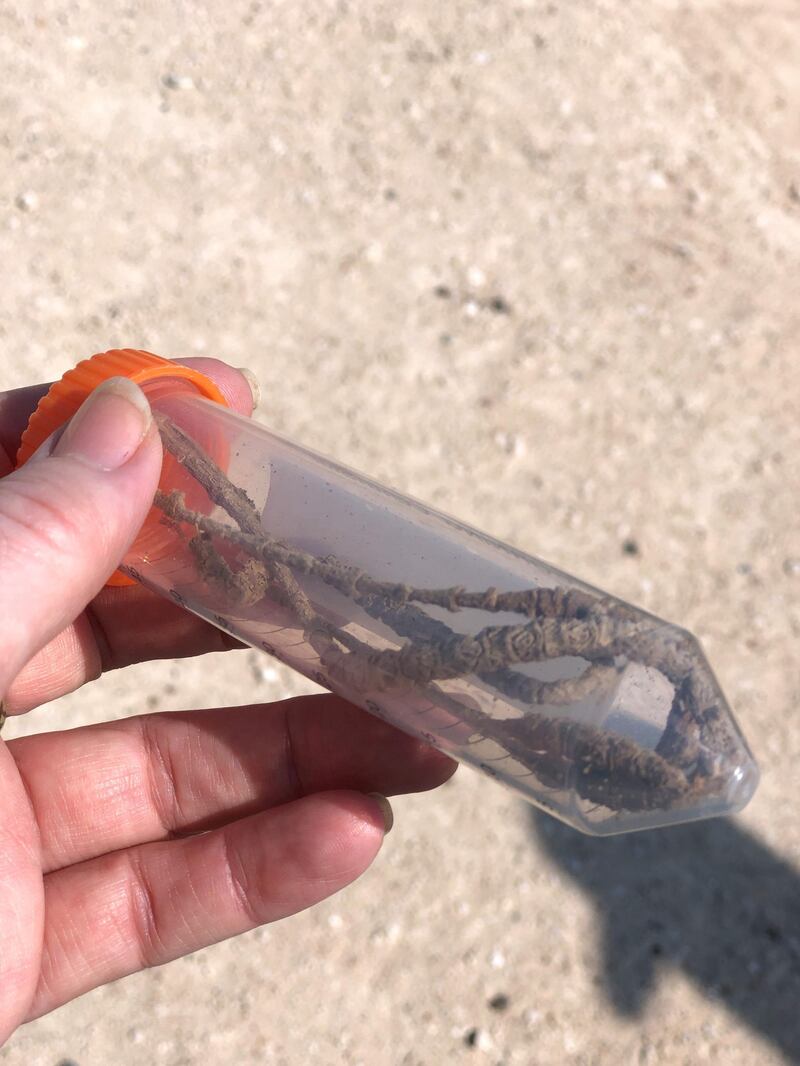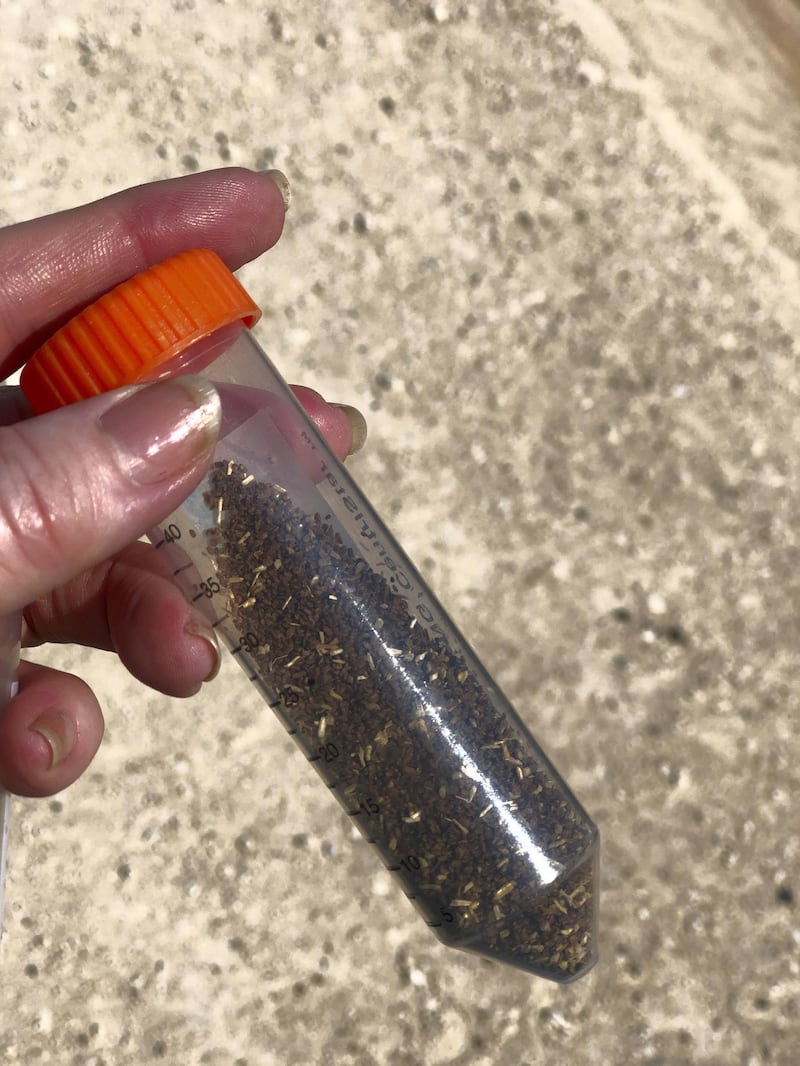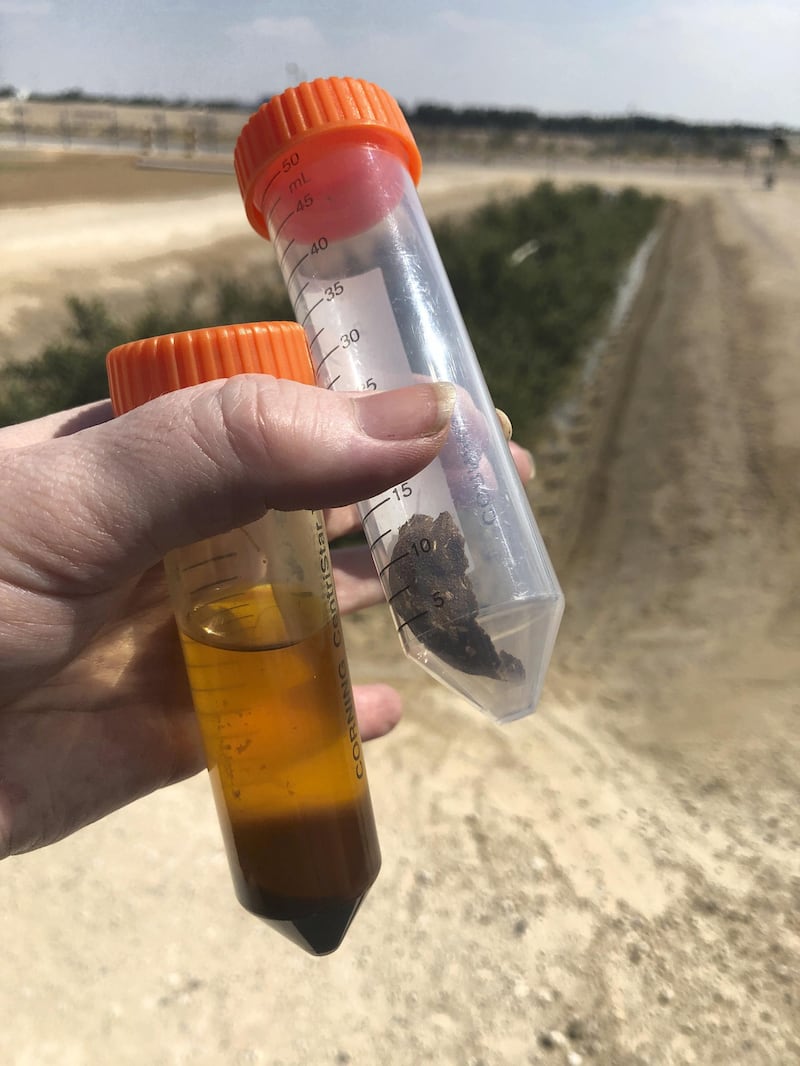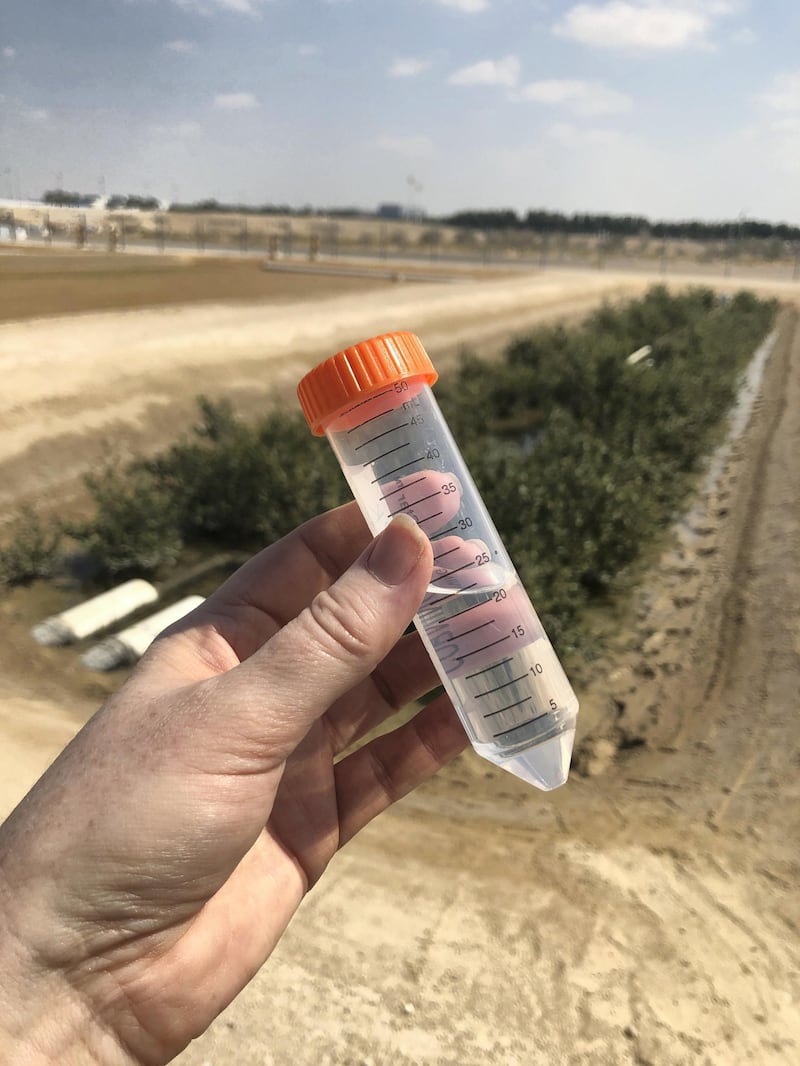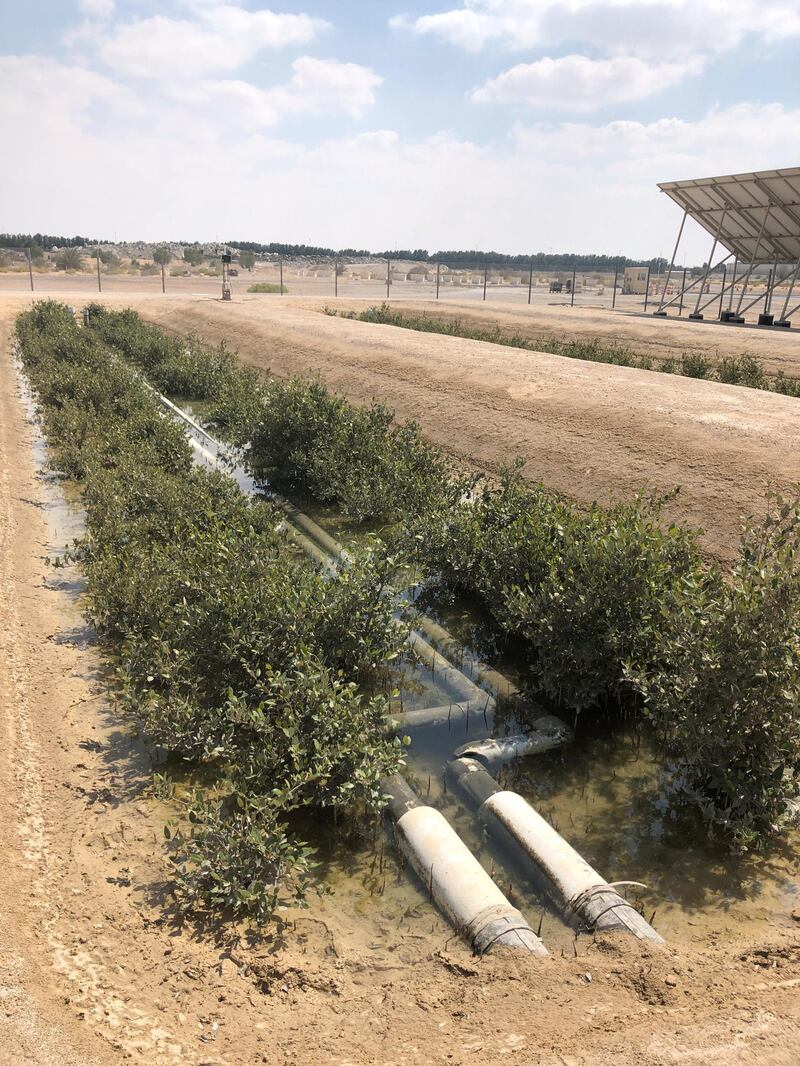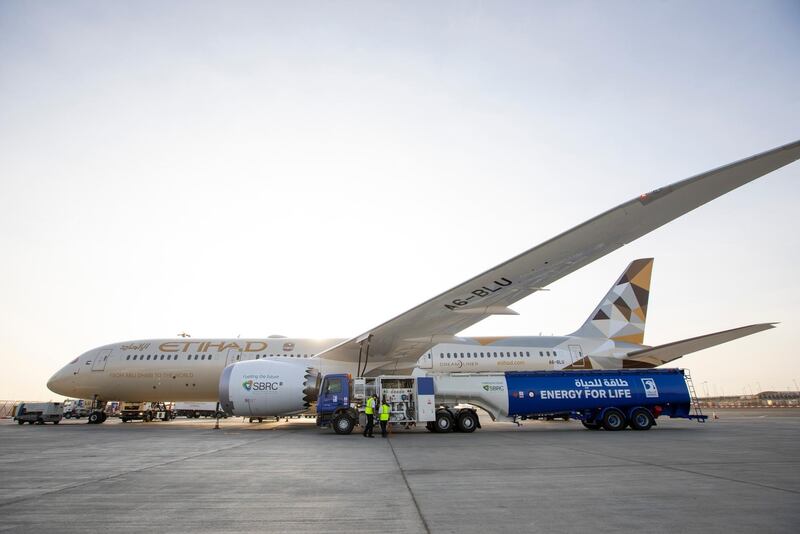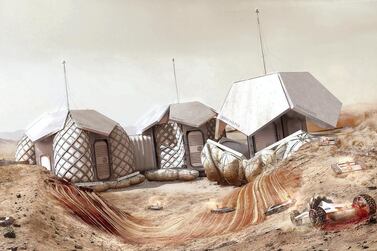When referring to agriculture in the UAE, Sheikh Zayed, the Founding Father, once said: "With God's blessing and determination, we have succeeded in transforming this desert into a green land." A few decades later, and the visionary leader's enthusiasm for a desert in bloom has translated into fields upon fields of succulent salicornia plants irrigated entirely with water from the Arabian Gulf. Salicornia is a halophyte, that is, a salt-tolerant plant with the ability to grow in waters with high salinity.
But that's just the beginning of this green tale, which at once adopts principles of hydroponics and aquaponics. Not only are salicornia fields cultivated by pumping seawater inland, but they are also fertilised using the waste matter excreted by aquatic creatures, such as fish and shrimps. The tiny seeds of the plant contain oil, which can be extracted and converted into biofuel. In fact, the fuel obtained in this manner was used to power a one-off Etihad flight from Abu Dhabi to Amsterdam in January 2019 – the UAE's first biofuelled flight.
Behind the Seas project at Masdar Institute
This groundbreaking project, the Seawater Energy and Agriculture System (Seas), is sited at the Masdar Institute in Abu Dhabi, and was inaugurated in 2016 in partnership with Khalifa University of Science and Technology, Etihad Airways, Boeing, Adnoc Refining, Safran, GE and Bauer Resources. Alejandro Rios Galvan, director of the Sustainable Bioenergy Research Consortium (SBRC) and professor of practice at Khalifa University, has been involved with the project since its inception. "Salicornia is very similar to other types of oil-producing plants such as rapeseed and soy, but the reason this project is so important is that this is being done with salt water on desert land that is not otherwise used for productive food purposes," he says.
It's this use of saltwater, not freshwater, to farm fish and cultivate oil-producing plants in an otherwise arid landscape, that makes this project unique and a potential game-changer for future aviation fuels. Extracting oil from plants grown on arable, food-producing land and irrigated with fresh water (which is in ever decreasing supply) requires a significant opportunity cost. With the Seas project, there is not this kind of offset and the net gain is a reduction of carbon emissions with zero environmental impact. In other words, it's a win-win.
Of the fish used in the Seas project, Galvan says: "Tilapia is the most popular aquaculture fish in the world. It's very hardy, and will withstand a lot of things and all of our mistakes. We are not fish farmers; we are fish integrators, and this allows us flexibility in how we learn to operate our facilities."
Tilapia and mangroves a deliberate choice
The resilience of the tilapia in the local environment is proven, and the project is now on its eighth generation of the fish, which is a hybrid of the species found in the Nile and Mozambique, and adapted to saltwater, from freshwater. As these fish grow, they generate waste and this goes into the water. Many aquaculture fish-farming systems dump their resulting wastewater into a wider water body in the hope it will get diluted and dissipate. However, this is not always the case and can create environmental problems.
Conversely, at the Masdar Institute, after the fish are fed and produce waste, it is used as a liquid fertiliser. When the salicornia is irrigated, it draws the nutrients it needs and uptakes the NPK (nitrogen, phosphorus and potassium) essential for growth.
The water then continues towards the ocean, but first, in the agroforestry subsystem that is the Seas project, there is a further stage made up of perennials. These are the grey mangroves or Avicennia marina, a species found across the Arabian Peninsula, which can readily adapt to the local climate. "The mangroves uptake any nutrients remaining in the water and also absorb carbon dioxide. Thus the water returning to the ocean is the same as the water that was brought in," explains Galvan.
Once mature, the salicornia is harvested and laid out to dry. It’s then ground and the seeds, which contain 20 to 30 per cent oil, are separated out and pressed for extraction, The resultant oil undergoes further processes, to separate the sediment and other impurities. It’s then refined locally at Adnoc and takes on the appearance of water, which is the usable aviation biofuel.
“Ten years ago, producing a litre of biofuel was about 400 times the cost of producing a litre of fossil fuel,” says Galvan. “Today, depending on where you are, how you produce it and the incentives in place, biofuel and jet fuel are now on par in some markets. It has to do with scale.”
The more infrastructure you have to produce the fish feedstock and process these fuels, the lower the costs. Wind and solar power underwent similar economies of scale and, following many years of trial and research, these industries are now booming.
A green future
The current pilot at the Masdar site was built across two hectares, with the ultimate aim to grow this footprint to a demonstration facility of 200 hectares once it had been proved that the elements all worked together in the UAE and its climate. Galvan says this will yield a commercial entity (albeit at a research and development stage), and allow the team to gauge how to unlock the system for much larger areas of production.
“Ultimately, our dream is to create many hundreds of thousands of hectares in coastal deserts and arid regions around the world using halophytes, saltwater and desert land, which will help in the carbon cycle and water cycle around the world,” Galvan explains.
"When you try to produce anything, you need to look at the entire life cycle. Because of the way this system is set up, we believe there is an upgrading or reusing of all the waste streams produced. We are creating value in that process, by absorbing carbon dioxide; and we are producing food, fuel and other value-added products for a range of industries, including pharmaceuticals," he adds.
Further, the plants grown in this environment are genetically programmed for resilience and also have significant levels of antioxidants. Ongoing research is looking into isolating these bioactive agents to be used in other applications, not only fuel.
“When considered on a per-person, per-kilometre travel basis, aircrafts are still more efficient than cars,” reflects Galvan. “However, that’s not to say there is not a significant carbon footprint. As human beings, we need to be mindful about how freshwater and other resources are utilised. We simply cannot be as wasteful as we have been in the past.”
